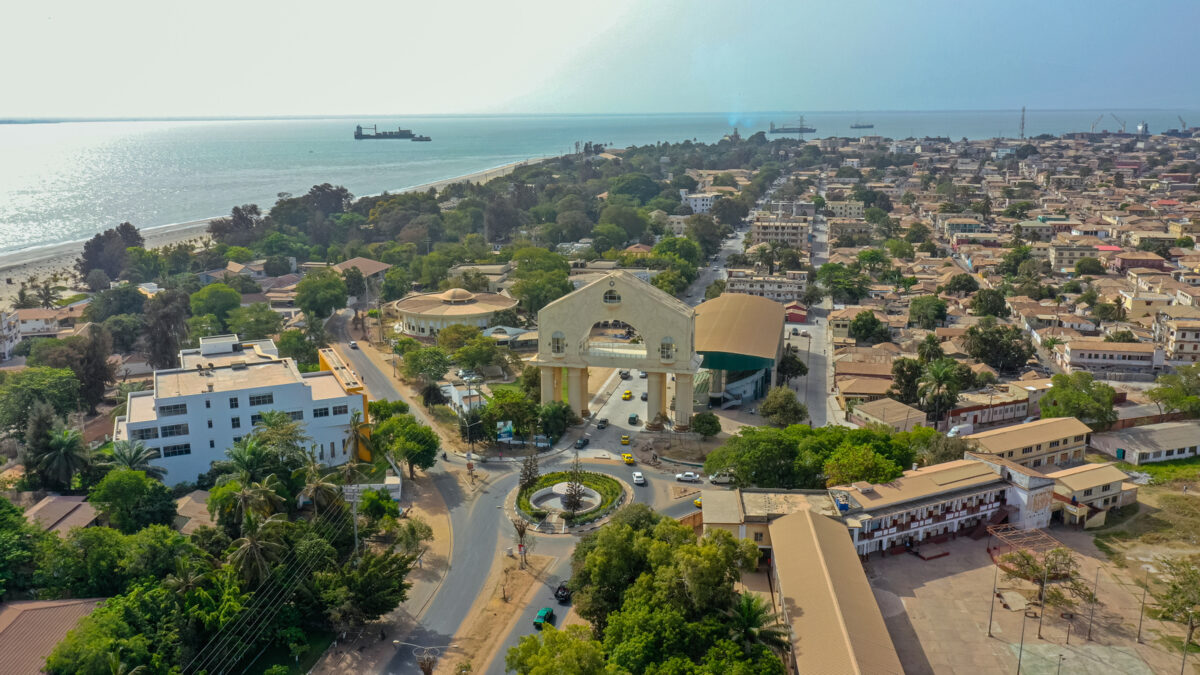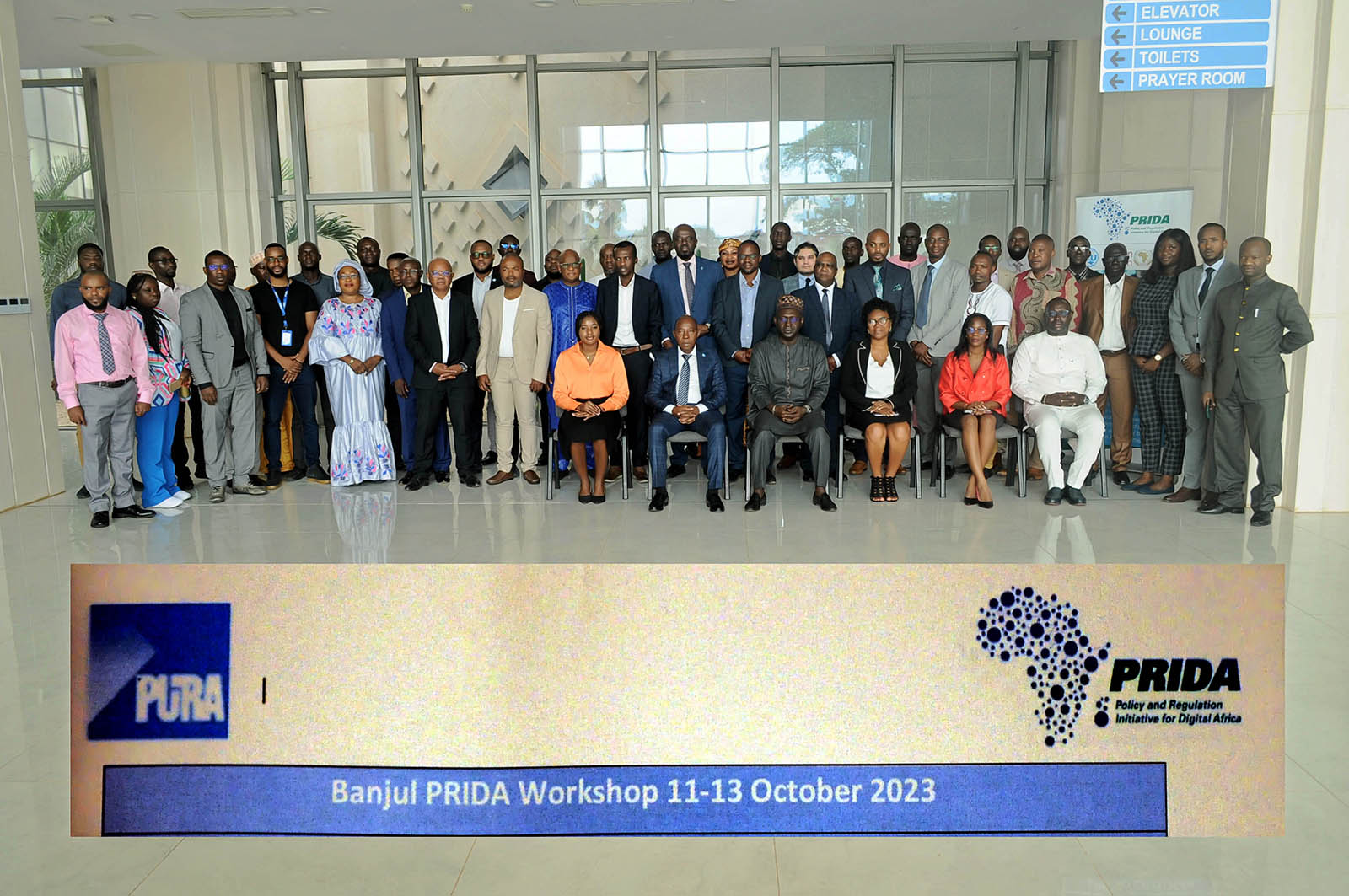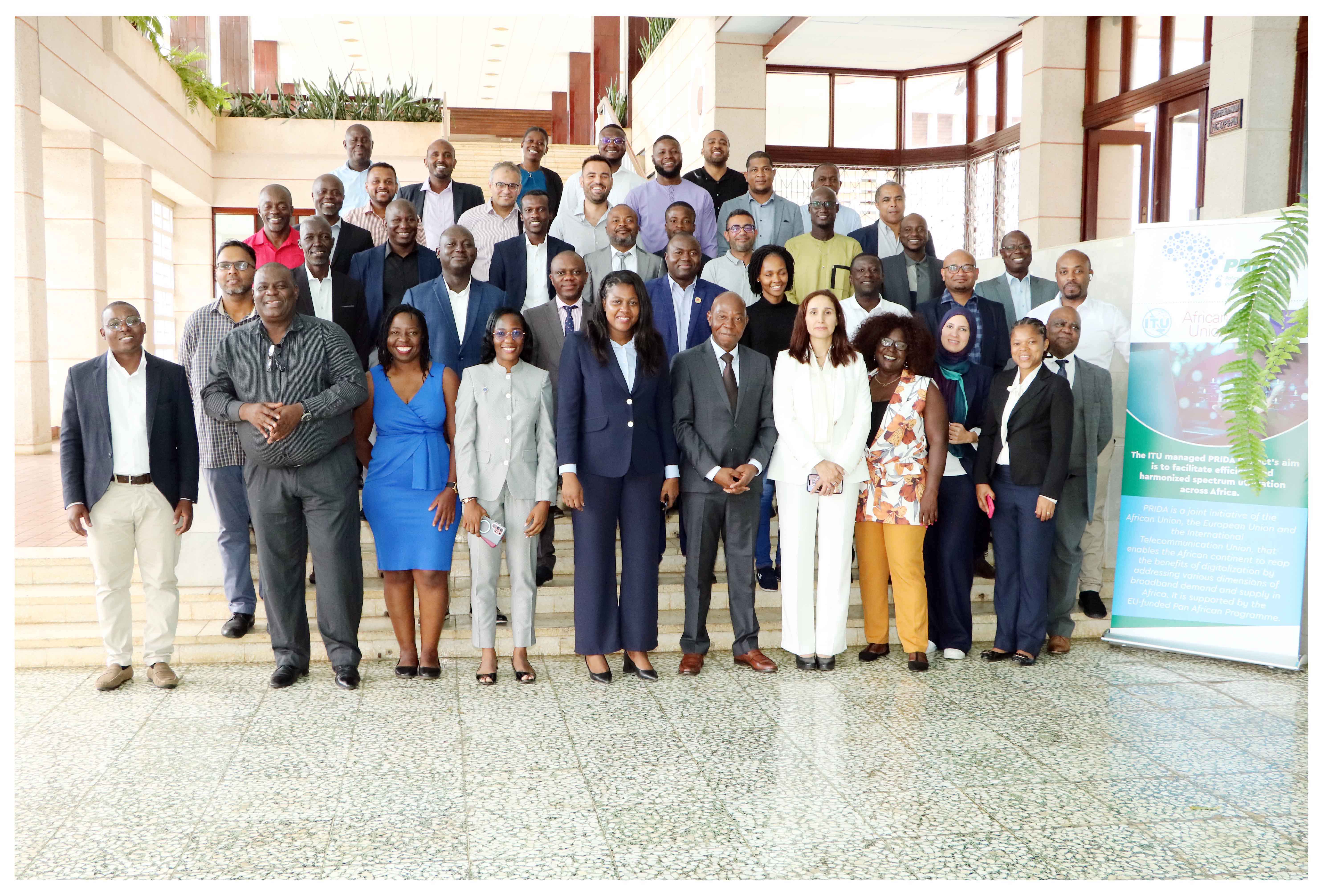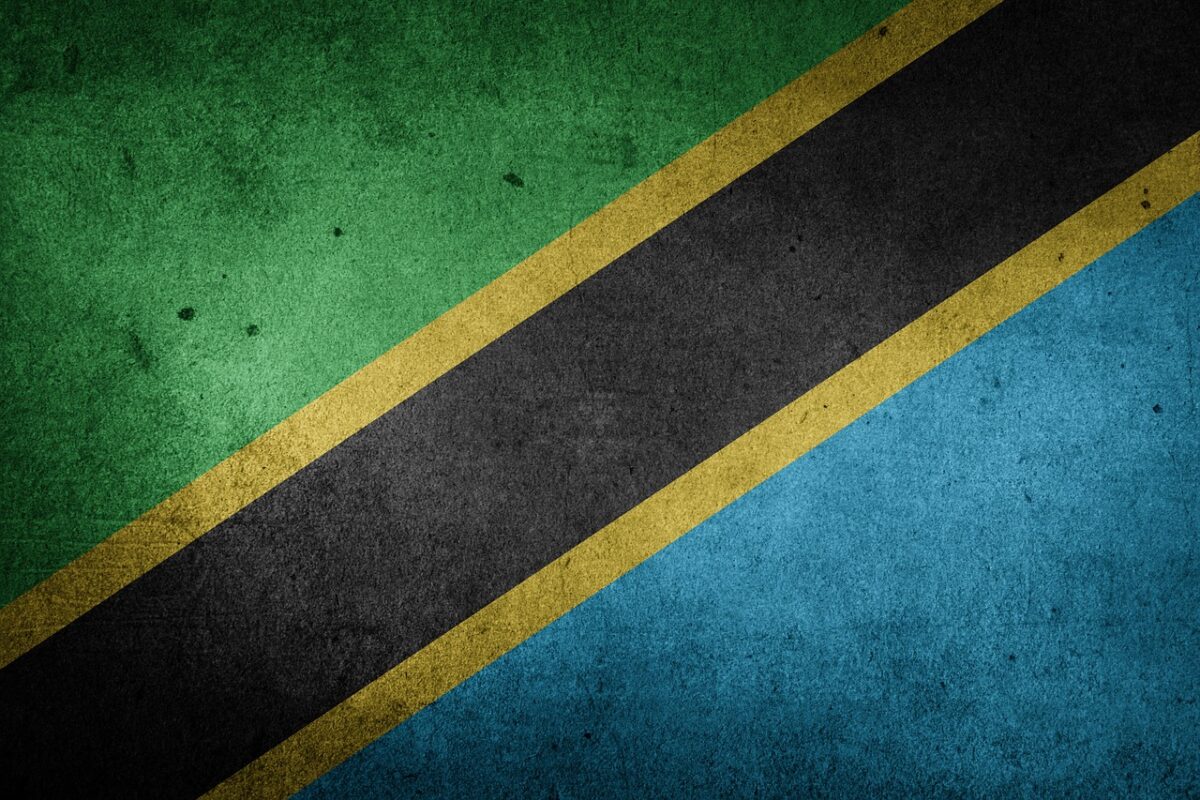In an age where seamless communication is the backbone of progress, the importance of proper frequency allocation cannot be overstated. This is especially true for the Arabophones of North Africa – Sudan, Mauritania, Somalia, and Libya. These nations are set to embark on a unique journey towards ensuring effective National Tables of Frequency Allocation (NFTA). The coordination meeting, held from August 27th to August 31st, 2023, in Cairo, Egypt, marked a significant step in this direction.
The coordination meeting had a clear objective: to prepare and harmonize the development of the National Table of Frequency Allocation across the participating Arab North African countries. This essential document lays out the frequencies designated for various communication services such as broadcasting, telecommunications, and more. By ensuring each country has its frequencies optimized, the coordination helps prevent interference, optimize spectrum use, and ultimately foster better communication networks. However, these nations face unique challenges, primarily stemming from their security situations. The delicate socio-political and security environments in Sudan, Mauritania, Somalia, and Libya necessitate special logistical and operational arrangements. The successful implementation of the NFTA becomes not only a technical challenge but also a diplomatic and strategic one. The Cairo meeting aimed to tackle these challenges head-on.
Coordinating frequency allocation in any region is a complex task, requiring the alignment of various stakeholders and interests. In the case of these Arab North African countries, the complexity is compounded by the security concerns. The participating nations demonstrated that they understand the role connectivity plays in driving economic growth, social development, and political stability. In an era where global progress hinges on communication and connectivity, the efforts of Sudan, Mauritania, Somalia, and Libya to create harmonized frequency allocation are commendable.














